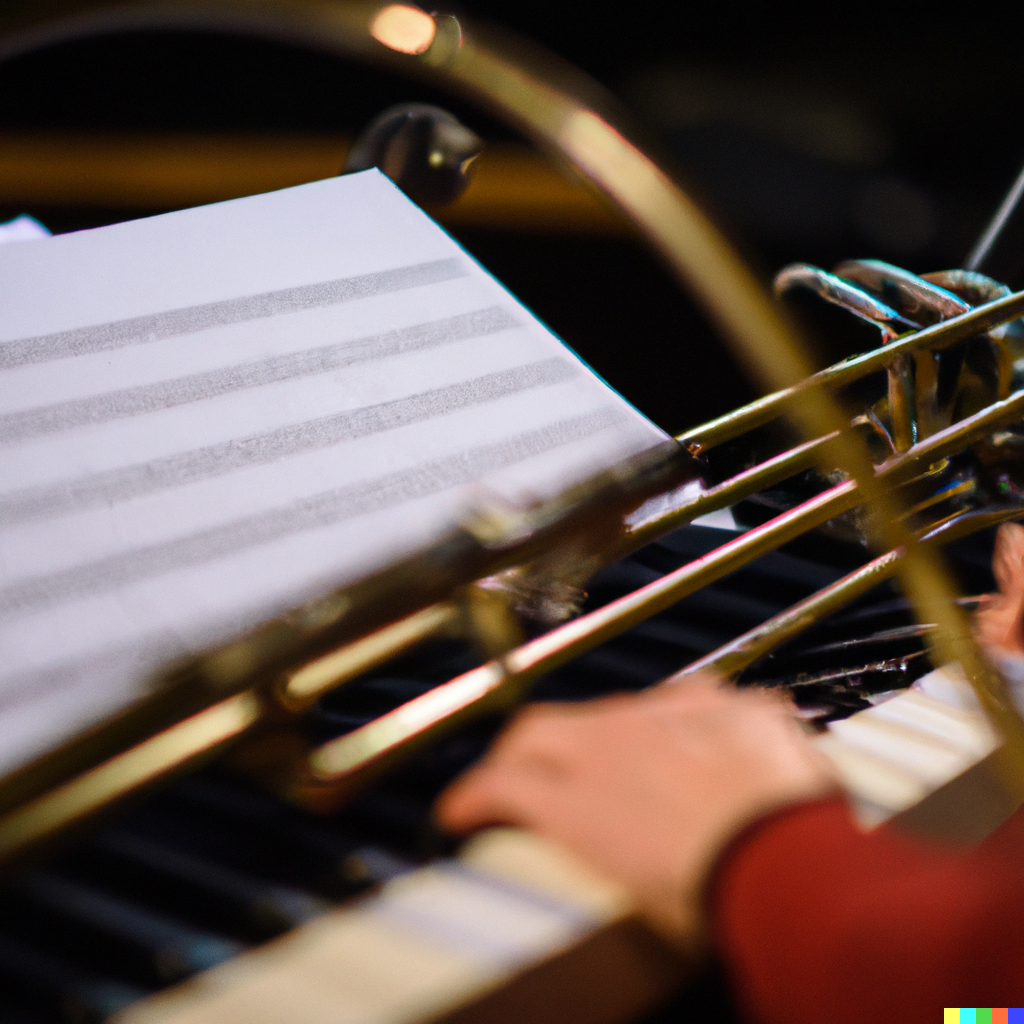Vocal Tuning and Pitch Correction Techniques
As a musician or producer, one of the most important aspects of creating great music is ensuring that the vocals are in tune and on pitch. However, not everyone is born with a perfect singing voice, and even the most skilled vocalists can sometimes miss a note. That’s where vocal tuning and pitch correction techniques come in. In this article, we’ll explore the various methods used to correct pitch and tune vocals in modern music production.
Introduction
- Importance of vocal tuning and pitch correction in modern music production
Basic Concepts of Pitch Correction
- Understanding pitch and frequency
- The difference between natural and artificial pitch correction
- The importance of preserving the natural sound of the voice
Manual Pitch Correction Techniques
- The use of pitch correction plugins like Antares Auto-Tune
- Adjusting pitch manually using a DAW (Digital Audio Workstation)
- The importance of being subtle with pitch correction
Automatic Pitch Correction Techniques
- The use of pitch correction software like Melodyne
- How automatic pitch correction works
- The importance of being mindful of artifacts and artifacts management
Advanced Vocal Tuning Techniques
- Using pitch correction for creative effect
- Adjusting pitch to fit a specific melody or key
- Creating harmonies using pitch correction
Vocal Tuning Best Practices
- The importance of getting the best possible take before tuning
- Using pitch correction to enhance, not fix, a performance
- Avoiding over-tuning and maintaining the natural sound of the voice
Tips for Working with Vocalists
- Building trust with the vocalist
- Communicating the importance of pitch and tuning to the vocalist
- Being sensitive to the vocalist’s feelings about pitch correction
Conclusion
Vocal tuning and pitch correction techniques have become an essential tool for modern music production. While it’s important to ensure that vocals are in tune, it’s equally important to preserve the natural sound of the voice and avoid over-tuning. By following best practices and working closely with vocalists, producers can create great-sounding music that is both technically and artistically sound.
FAQs
- Is pitch correction software essential for producing great-sounding vocals?
- While pitch correction software can be a useful tool, it’s not essential for producing great-sounding vocals. With proper technique and a great performance, pitch correction can be minimized or even unnecessary.
- Will pitch correction ruin the natural sound of my voice?
- When used properly, pitch correction should not ruin the natural sound of your voice. However, it’s important to use the tool sparingly and with a gentle hand.
- Can pitch correction be used for creative effect?
- Yes, pitch correction can be used for creative effect, such as creating harmonies or adjusting pitch to fit a specific melody or key.
- How do I communicate the importance of pitch correction to a vocalist?
- It’s important to build trust with the vocalist and explain that pitch correction is not meant to fix a bad performance, but rather to enhance a great one.
- What are some common mistakes to avoid when using pitch correction software?
- Avoiding over-tuning and being mindful of artifacts are common mistakes to avoid when using pitch correction software. It’s also important to preserve the natural sound of the voice and use the tool to enhance, not fix, a performance.

Leave a Reply